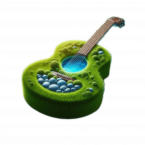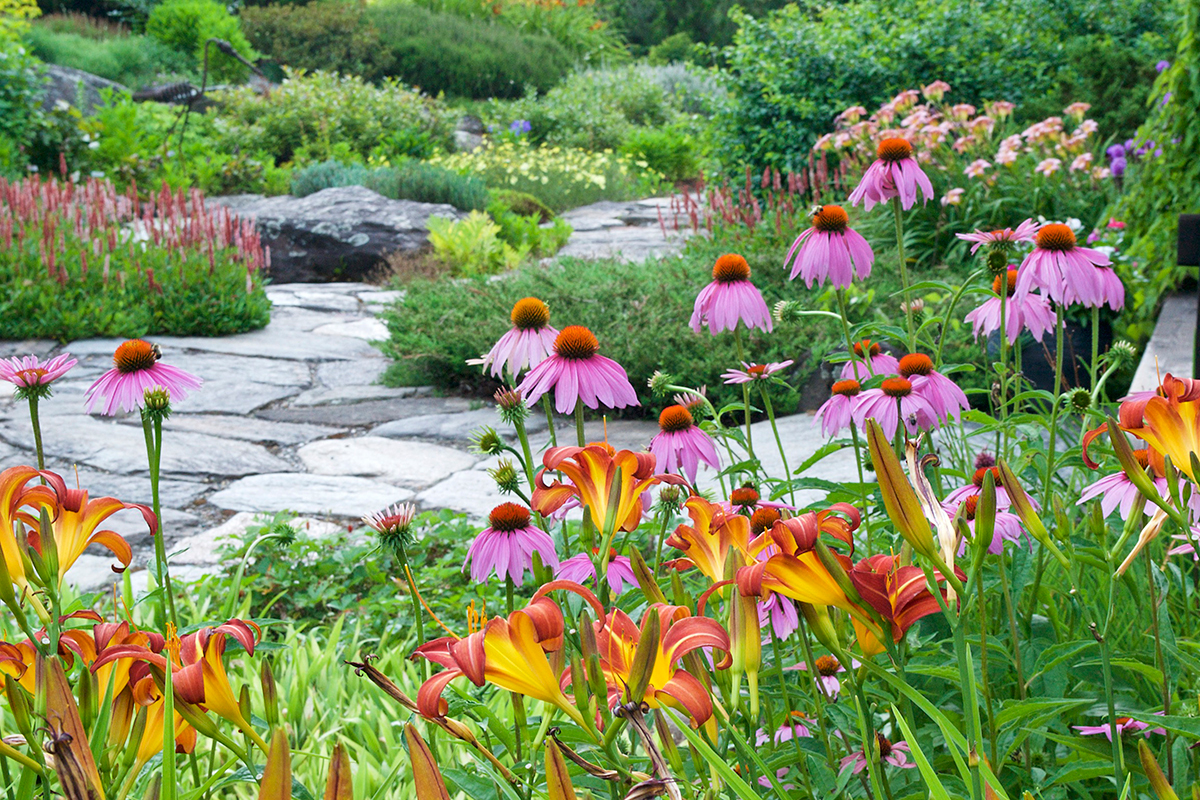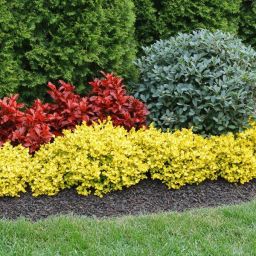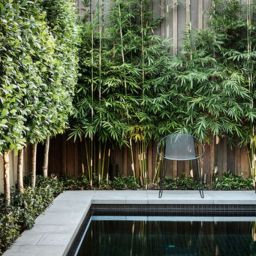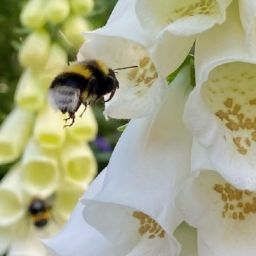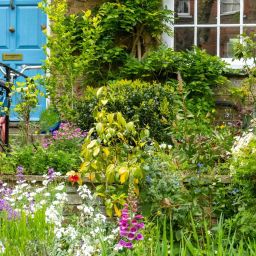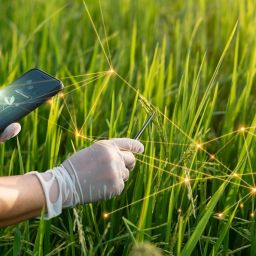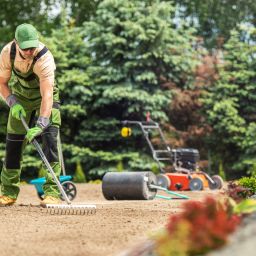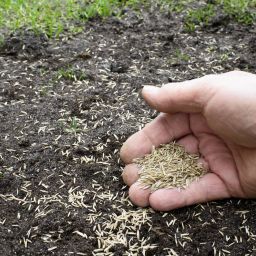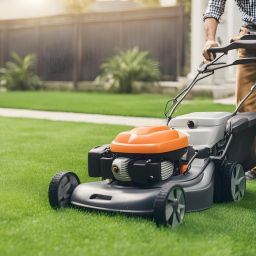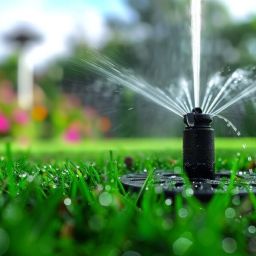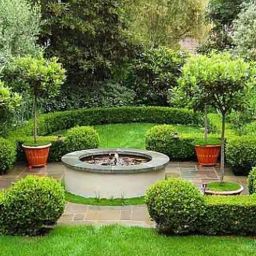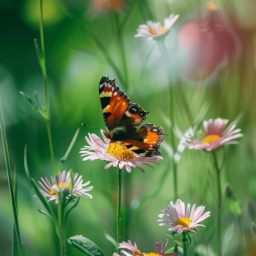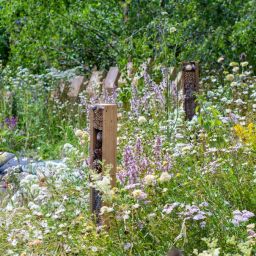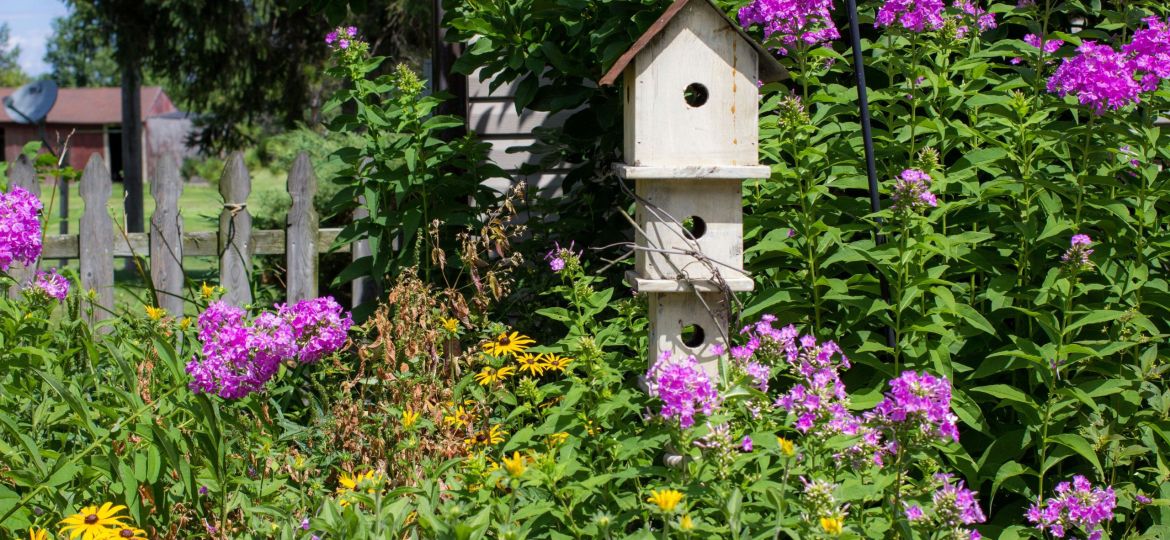
Gardening for pollinators is one of the most rewarding ways to contribute to the environment, especially in a city like Nashville where urban development can challenge the natural habitats of bees, butterflies, and other pollinators. Designing a garden with pollinators in mind helps to restore ecological balance while creating a vibrant, flourishing space. In this article, Landscaping Nashville will explore how to design a Nashville garden for pollinators, incorporating lawn care, fertilization, clean-up, pest control, and irrigation best practices.
CONTACT US
Creating a garden that supports pollinators like bees, butterflies, and hummingbirds is not only beneficial to the environment but also adds beauty and diversity to your landscape. Pollinators play a crucial role in plant reproduction, which ensures biodiversity, supports wildlife, and contributes to food production. With the right design, you can cultivate a garden that provides a safe haven for these essential creatures while enhancing your Nashville home’s curb appeal. This guide will show you how to integrate pollinator-friendly practices with practical lawn care methods such as lawn mowing, fertilization, and clean-up, and address challenges like pest control and irrigation.
Why Pollinators Matter
Pollinators are essential to the health of the ecosystem. Over 75% of flowering plants and about 35% of the world’s food crops depend on pollinators to reproduce. In urban environments like Nashville, habitat loss, pollution, and pesticide use can negatively impact pollinator populations. By creating a garden that caters to their needs, you help preserve vital species that support the food chain and the environment. Additionally, a pollinator garden brings a lively, colorful aesthetic that enhances both biodiversity and beauty.
Essential Pollinators for Nashville Gardens
When designing a pollinator garden in Nashville, it’s essential to understand which pollinators are common in the area. These include:
- Bees: Both honeybees and native bees play a vital role in pollination.
- Butterflies: Species like the Monarch butterfly, which is native to Tennessee, need nectar-rich flowers.
- Hummingbirds: These birds are attracted to brightly colored, tubular flowers and are active pollinators.
- Moths and Beetles: Often overlooked, these insects contribute to pollination and thrive in pollinator-friendly habitats.
Key Elements of a Pollinator-Friendly Garden
Choosing Native Plants
Native plants are essential in supporting local pollinators. These plants have evolved with the local ecosystem, making them easier to care for and more attractive to Nashville’s pollinators. Some popular choices for Nashville gardens include:
- Purple Coneflower (Echinacea purpurea)
- Black-Eyed Susan (Rudbeckia hirta)
- Bee Balm (Monarda didyma)
- Milkweed (Asclepias spp.) for Monarch butterflies
- Goldenrod (Solidago spp.)
Native plants also tend to be more resistant to local pests and diseases, which reduces the need for chemical interventions.
Creating Shelter and Habitat
Pollinators not only need food from plants but also shelter for nesting and protection from predators. You can create a habitat for pollinators by incorporating:
- Dead wood or branches: These serve as nesting sites for bees.
- Water sources: Birdbaths or shallow water features allow pollinators to drink.
- Dense plantings: Layers of plants provide shelter from wind and predators.
Lawn Mowing and Garden Maintenance for Pollinators
When maintaining a garden for pollinators, careful lawn mowing is key. While it’s important to keep your yard neat, frequent and aggressive mowing can disrupt pollinator habitats and reduce the availability of flowers. To create a balance:
- Mow less frequently: This allows flowering plants like clover and dandelions to grow, providing additional food sources.
- Set mower blades higher: Keeping your grass at a slightly longer height helps preserve moisture, protect the soil, and create a more diverse environment for pollinators.
- Leave part of your lawn unmowed: Designating a section of your yard to grow wild can act as a safe haven for pollinators while keeping the rest of the yard tidy.
Integrating lawn mowing practices that support biodiversity will make your garden more inviting to pollinators.
Fertilization for a Thriving Pollinator Garden
A well-fertilized garden is key to vibrant plant growth, but traditional fertilization methods can be harmful to pollinators. Chemical fertilizers, especially those high in nitrogen, can cause excessive plant growth that attracts pests or disrupts natural soil balance. Opt for more natural, eco-friendly fertilization practices:
- Compost: Organic compost enriches the soil, boosts plant health, and supports microorganisms that benefit pollinators.
- Slow-release fertilizers: These provide nutrients over time, preventing the risk of pollinator exposure to harmful chemicals.
- Mulching: Mulch helps retain soil moisture and improves fertility, reducing the need for synthetic fertilizers.
By using these methods, you can maintain a healthy, pollinator-friendly environment without compromising plant growth.
Garden Clean Up: Promoting Healthy Ecosystems
Cleaning up your garden, especially after seasonal changes, helps maintain its beauty and health. However, cleaning up too rigorously can remove vital elements of a pollinator habitat. Here are tips to strike the right balance:
- Leave some debris in place: Fallen leaves, dead stems, and logs provide habitat and nesting materials for pollinators. Consider leaving parts of your garden undisturbed during the fall and winter months.
- Prune selectively: While it’s important to maintain the shape and health of your plants, avoid over-pruning, which can reduce the availability of flowers and shelter.
- Winter clean-up timing: Wait until early spring to clean up garden debris, as many pollinators hibernate in leaf litter or stems during winter.
A thoughtful approach to clean-up will protect pollinators and keep your garden looking its best.
Pest Control: Balancing Garden Health and Pollinator Protection
Pests can damage a garden, but harsh chemical pesticides can also harm pollinators. To strike a balance between pest control and protecting pollinators, consider the following strategies:
- Use natural pest control methods: Encourage natural predators like ladybugs and spiders, which feed on garden pests without harming pollinators.
- Companion planting: Some plants naturally repel pests, such as marigolds, which can deter aphids and mosquitoes.
- Avoid broad-spectrum pesticides: These can harm pollinators and beneficial insects. Opt for targeted solutions like neem oil or insecticidal soap, which are less likely to impact bees and butterflies.
- Pest identification: Not all insects are pests. Learn to differentiate between harmful and beneficial insects before taking action.
Balancing pest control with pollinator protection ensures a healthy, thriving garden.
Irrigation Tips for Pollinator Gardens
Proper irrigation is vital for keeping your pollinator garden lush and productive. Pollinators need plants that are healthy and hydrated, especially during the hot, dry Nashville summers. Here are some irrigation tips to keep your garden thriving:
- Drip irrigation: This method conserves water by delivering it directly to the plant roots, reducing waste and preventing water from sitting on leaves where it can harm pollinators.
- Water early in the day: Morning watering ensures that plants have adequate moisture throughout the day, and pollinators can access flowers when they’re most active.
- Rain barrels: Collecting rainwater reduces dependency on municipal water and provides a chemical-free source for your garden.
Efficient irrigation practices not only save water but also create a more hospitable environment for pollinators.
Landscaping Ideas to Attract Pollinators
Landscaping plays a crucial role in making your garden a magnet for pollinators. By designing a landscape that offers diverse habitats and plantings, you’ll create an inviting space for pollinators year-round. Some landscaping ideas include:
- Layered planting: Planting in layers—from ground cover to shrubs to trees—provides various types of shelter and foraging options for pollinators.
- Meadow gardens: Dedicate part of your yard to a wildflower meadow, which mimics a natural ecosystem and provides continuous blooms.
- Pollinator pathways: Create a corridor of plants that guides pollinators through your garden, ensuring they can easily access different food sources.
These landscaping ideas enhance both the functionality and visual appeal of your pollinator garden, making it a vibrant oasis.
FAQ’s
1. Why are pollinators important for my garden?
Pollinators like bees and butterflies help fertilize plants by transferring pollen, which is crucial for plant reproduction and food production. Their presence also enhances garden biodiversity and health.
2. What plants are best for attracting pollinators in Nashville?
Native plants such as Purple Coneflower, Black-Eyed Susan, Bee Balm, Milkweed, and Goldenrod are ideal as they provide nectar and habitat suited to local pollinators.
3. How can I create shelter for pollinators?
Incorporate features like dead wood, birdbaths, and dense plantings to offer nesting sites, water sources, and protection from predators.
4. What lawn mowing practices support pollinators?
Mow less frequently, set mower blades higher, and leave parts of the lawn unmowed to allow flowering plants to thrive and provide pollinator food sources.
5. What type of fertilization is best for a pollinator garden?
Use organic compost, slow-release fertilizers, and mulch to enrich the soil and support plant health while avoiding harmful chemicals.
6. How should I approach garden clean-up?
Avoid overly aggressive clean-ups. Leave some debris and dead plant material to provide habitat for pollinators, and wait until early spring for most clean-up tasks.
7. What are effective pest control methods that won’t harm pollinators?
Opt for natural pest control methods, such as encouraging beneficial insects, using companion plants, and avoiding broad-spectrum pesticides.
8. How should I irrigate my pollinator garden?
Use drip irrigation to conserve water, water early in the day to keep plants hydrated, and consider installing rain barrels for an eco-friendly water source.
9. What landscaping ideas attract pollinators?
Incorporate layered plantings, create meadow gardens, and design pollinator pathways to offer continuous blooms and diverse habitats throughout your garden.
Conclusion
Designing a garden for pollinators in Nashville is a meaningful way to support biodiversity while enhancing your outdoor space. By focusing on native plants, careful lawn mowing, eco-friendly fertilization, thoughtful clean-up, pest control, and efficient irrigation, you can create a thriving habitat for bees, butterflies, and hummingbirds. These steps, combined with thoughtful landscaping, will ensure that your garden is not only beautiful but also ecologically responsible.
Contact us today to schedule a consultation or to learn more about how we can help you cultivate a vibrant and eco-friendly garden.
